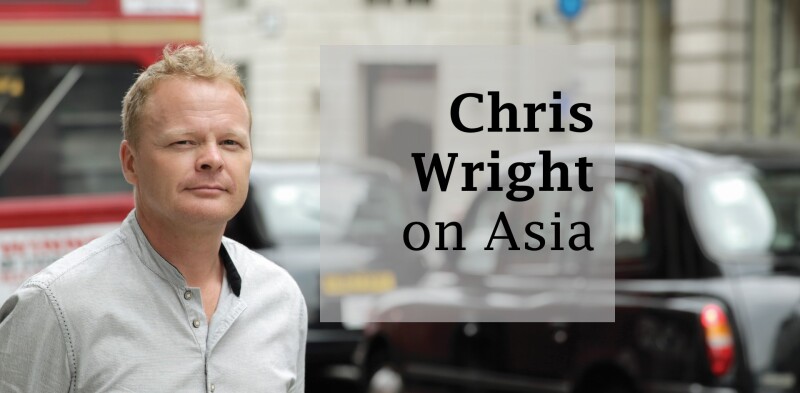
On September 30, HSBC and Temasek, Singapore’s sovereign wealth vehicle, announced that they would join forces to build a debt financing platform for sustainable infrastructure projects, initially in southeast Asia.
Launched weeks before COP26, the scheme is intended to help reduce climate change by mobilizing private capital to invest in marginally bankable, sustainable infrastructure projects. The two institutions between them will invest up to a combined $150 million of equity to fund loans and, in the longer-term, hope to use the platform to dispense over $1 billion of loans within five years and build a pipeline of projects to scale.
Groups like the Asian Development Bank (ADB) – which is a strategic partner to the venture alongside Clifford Capital Holdings – have called for greater participation of private capital in Asian infrastructure for decades, adding a tone of sustainability to the rallying cry over recent years. So what’s new here?
Firstly, while $150 million of equity investment isn’t going to move the dial on its own, it all helps. That funding will help develop renewable energy and storage, water and waste treatment, and sustainable transport. All of those things are needed.
While $150 million of equity investment isn’t going to move the dial on its own, it all helps
Secondly, like many initiatives from multilaterals in the region, it hopes to crowd in private capital on the back of this seed equity investment. This is the heart of it: the idea of the multiplier effect, the catalyst, the hope that demonstrable success from the founders will help to build something far bigger.
This is the unproven part, as it always is when anyone announces a project based on a catalytic effect. But the partners in this initiative think they have a few things on their side.
One is the right names. HSBC is obviously a vast player worldwide in lending to infrastructure development and Temasek is among the world’s most sophisticated names in sovereign wealth with a growing reputation for not only encouraging innovation in house but fostering it elsewhere. The ADB understands technical assistance and project development as well as anyone; and all the partners have worked with the idea of using blended finance to de-risk projects in order to encourage sponsors, lenders and investors.
Another positive is the location. Singapore, which has had an eye for the opportunity to be a hub pretty much since the day of its national independence, prides itself as a sustainable finance centre – look at Climate Impact X, the new carbon exchange – with a skill in bringing together the right people in the right infrastructure to get things done.
A third is the detail. “The barriers to bankability are very project specific,” says one person close to the venture. “Hence the tools needed to unlock marginally bankable projects will vary on a case-by-case basis.”
Range of problems
This is true: one size does not fit all in a southeast Asian sustainable infrastructure project. “Blended finance” is a lovely phrase, but it does not describe a homogenous set of circumstances. There are as many ways of blending finance as there are of blending smoothies.
Southeast Asia offers a flamboyant range of problems that might keep private capital at bay, from corruption to typhoons, political risk to institutional frailty. Each needs to be addressed separately in order to create a field upon which unemotional private investment might wish to play.
This brings us to a useful reminder. The sheer scale of investment required to mitigate both the needs for infrastructure and the need for climate change mitigation and adaptation are so daunting they can be terrifying. It creates a sense that the only hope is to deploy a (rising) ocean of money at the problem.
This is partly true. But it doesn’t work without acceptance that each project, in isolation, is a specific puzzle that needs to be unlocked with a different key. It will be incumbent on this new venture to find enough of these keys to convince private capital to join them on a lot more puzzles in the future.
